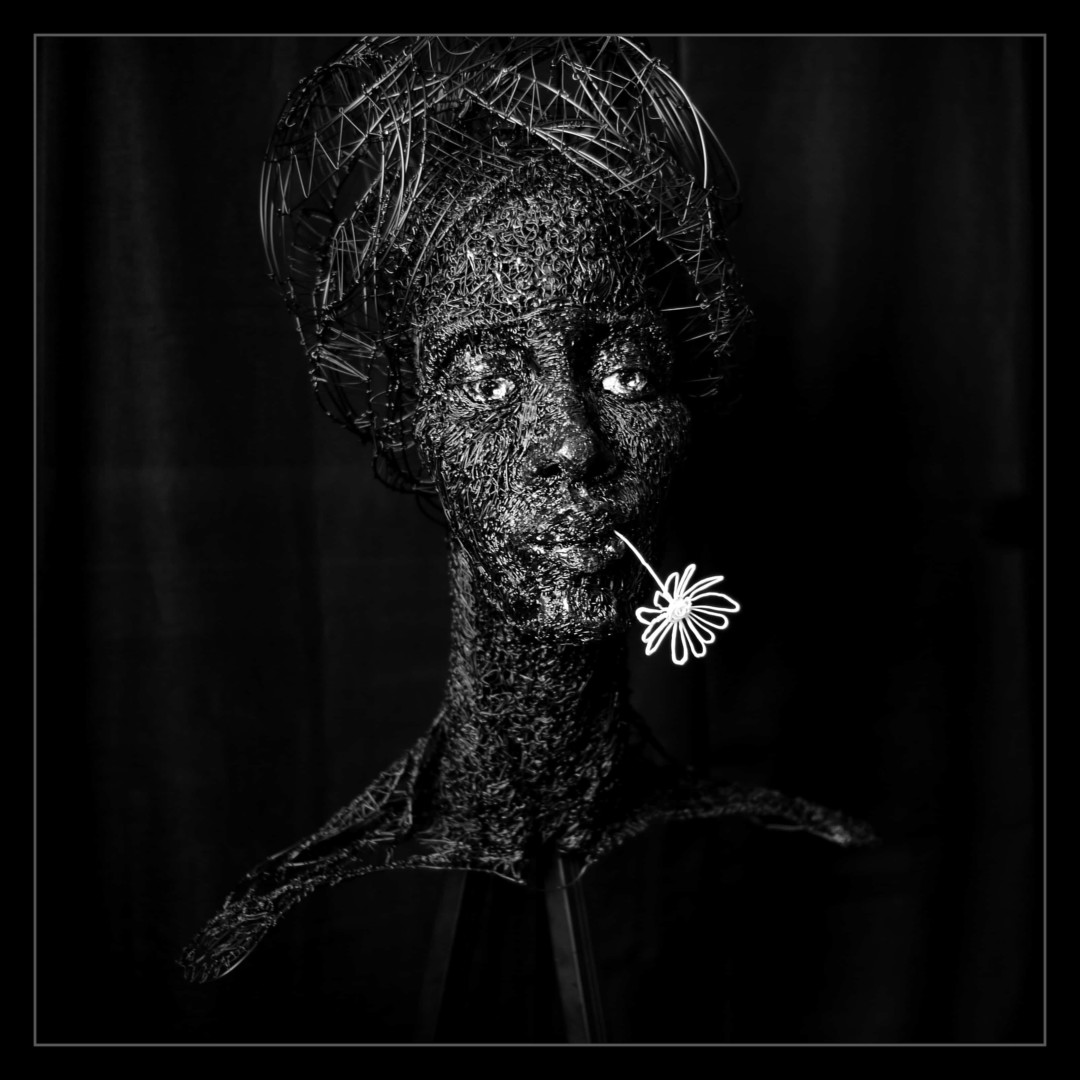Ekaterina Dobrolyubova is a self-taught artist and homeschooling stay-at-home mom who uses a 3Doodler 3D printing pen not only to teach her children subjects such as math and physics but also to create stunning classical sculptures.
Dobrolyubova, who lives in Moscow, Russia, explains that she has been an artist since childhood, but her parents were unsupportive of her passion, so she studied mathematics at the Moscow State Pedagogical University instead. However, she’s continued to indulge in creative pursuits in her spare time.
Dobrolyubova first began her foray into 3Doodling sculptures by studying all that she could on the 3Doodler website and YouTube. By the time she picked up a pen, she knew exactly how to use it.
She told All3DP that she was drawn to a 3Doodler for many reasons, including the ability to change the diameter of the nozzle and its foot pedal which lets her keep her hands focused on creating.
But, why does Dobrolyubova create such classical 3D printed sculptures? She explains: “I think a human person is the most beautiful creation in the world. Hence is my love for classical sculpture. Reading faces is as interesting as reading books. A woman’s face is no less beautiful than the most beautiful flower or a sunny day by the sea. The strength of a man’s face is like a volcano. All children are like stars. They are glowing!”

Creating Sculpture with a 3Doodler is “Easy”
The process of creating a classical figure starts “right in the air.” Dobrolyubova first establishes a base frame layer by layer and then begins to add in the volume. She adds small details at the end, including the beautifully subtle color transitions.

She adds that when she got the latest model of 3Doodler, she had many more colors to play with. Her trick for creating color transitions is to add multiple layers to one area, for example starting with a beige base, adding a light pink layer, then adding more beige so that, little by little, a blushing cheek appears.
This detail has been admired by Russian sculptor, Alexander Rukavishnikov. Dobrolyubova adds: “He said that asking me how I do my works is like asking Paganini how he plays the violin. I gave a master class with an exhibition of my works in 3D pen in studiou ART Rukav. “

Creating small works of art takes just one day. However, larger pieces take a few weeks, depending on how many hours she can dedicate to the process. If a creation is sitting on her desk, she continues to improve upon it and regularly adds small touches.
When asked what happens if she makes a mistake, Dobrolyubova answered: “Everything you do not like can be easily changed – bad lines can be heated and corrected in the right direction. You can heat by a fire, a hairdryer, heated nozzle of the 3D pen. [An] unsuccessful piece can be removed: either torn off with your hand or cut off with a tool, cut with a hot 3Doodler nozzle. And then it can be again drawn by a 3D handle. It’s easy.”
After such hard work, she explains that she is usually very happy with the result. However, being a 3Doodler sculptor is not a cheap process. Dobrolyubova does not sell her work, but adds she would be willing to cooperate with professional gallery owners to display her work.
To speed up her sculpting process, in the future, Dobrolyubova plans to use a 3D printer to create the base and then add detail using a 3D printing pen. She explains that she’s already begun studying ZBrush to learn where to start, adding: “I think it will be a very beautiful synthesis of science and art!”

License: The text of "How A Russian Artist Creates Classic Sculptures with a 3D Printing Pen" by All3DP is licensed under a Creative Commons Attribution 4.0 International License.